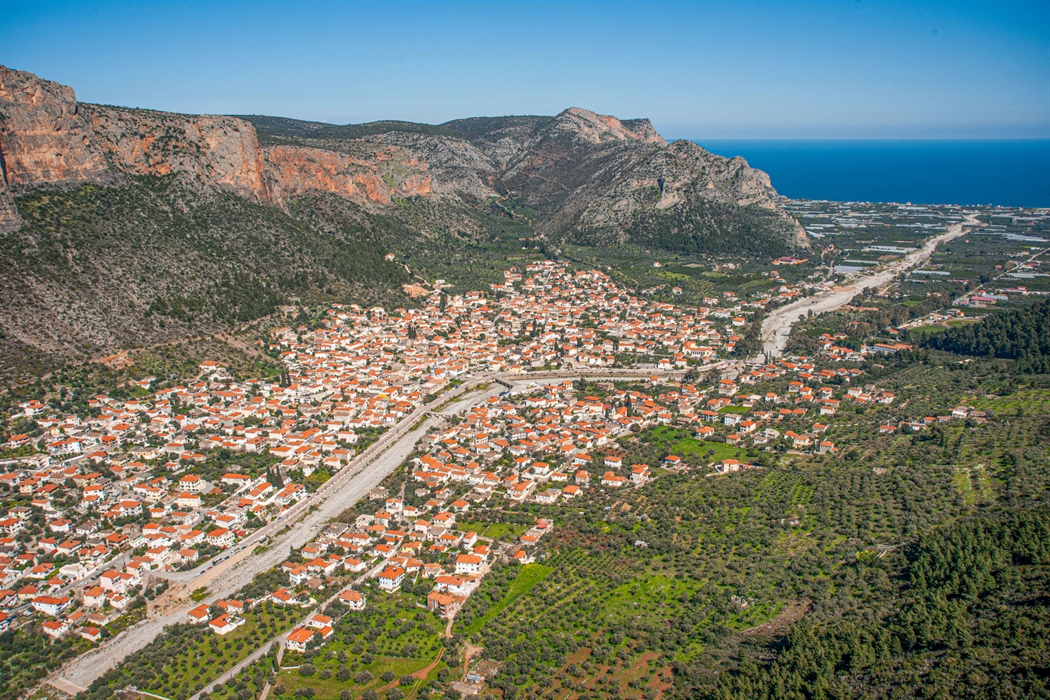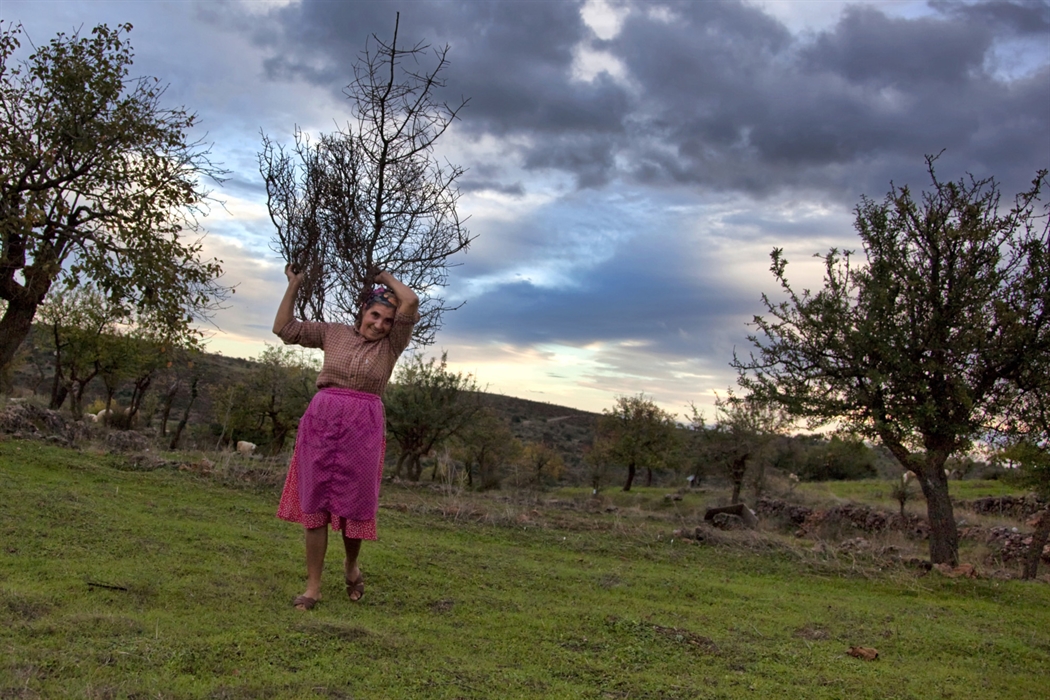Tsakonia and the rare Tsakonian dialect
The area of Tsakonia in Arkadia was largely cut off from the rest of the Peloponnese by the Parnon mountain range until the end of the 19th century, with the result that this small community of Greeks spoke a dialect that was a very direct descendant of the ancient Laconian dialect.
"I am proud that through this work I am preserving an accurate knowledge of an ancient Greek dialect, since it has been influenced by modern Greek for decades and in a few generations it will have lost almost all evidence of its Laconic origins". This is how the Bavarian philologist, linguist, neo-Hellenist Michael Deffner prefaced his "Dictionary of the Tsakonian Dialect" in 1923, after spending fifty years in Tsakonia studying the language.
But before we talk a bit more about Tsakonian, let’s take a step back and introduce Tsakonia itself. Firstly, it is a geographical area 30-40 km long and 20-25 km wide which includes the plateau of Prastos and Paleochori and the plain of Leonidio (in Tsakonian Agielidis). So it extends from the eastern foothills of Mount Parnon to the shores of the Argolic Gulf, with its western border being marked by the village of Kastanitsa.
This area was largely cut off from the rest of the country by the Parnon mountain range until the end of the 19th century, with the result that this small community of Greeks spoke a dialect that was a very direct descendant of the ancient Laconian dialect. In other works, villages such as Tyros, Sapounakeika, Vaskina, Pera Melana, Pragmateftis, Livadi, Sampatiki, Fouska, Prastos and Sitaina, were a living linguistic treasure trove.
Even today, people in Tsakonia will use words and phrases of the ancient Greek language which has expressed the joys and sorrows of this hard life for thousands of years. And their language and heritage are celebrated in various ways (see box).
During the Second Turkish Empire (1770-1821), the people of Tsakonia played a significant role in establishing the Greek fleet. Prastos, the old capital of Tsakonia, and then Leonidio after the Greece gained its independence, emerged as essential ports in the western Aegean Sea. It is no exaggeration to say that they laid the foundations of what became the world's largest ocean-going merchant fleet, from the 19th century up until today. So the Tsakonian people opened up the sea routes to trading with major European cities, with the language of their ancestors always being the centre of gravity of their ethno-cultural identity.
Text: Antonios G. Dikaios
The Tsakonian memorial service in Vaskina
Every year since 1997, on the last Sunday in August, many people come to the village of Vaskina near Leonidio, for the annual memorial service for those who have passed away. At this service, the liturgy and the memorial service are both sung and chanted in the Tsakonian dialect, by Tsakonian priests and singers. Afterwards, people gather for refreshments, food and drinks. The event moves between the Panagia church in Ano Vaskina and Agios Georgios in Kato Vaskina, with each church holding the event every second year. The memorial has been registered in the Greek Intangible Cultural Heritage Index (UNESCO 2003) since 2018.
Location
Find the destination on the interactive map below.
Weather
Σχετικό περιεχόμενο χρηστών (UGC)
Ενημερωθείτε για ενδιαφέροντα θέματα γύρω από τον προορισμό μέσα από το περιεχόμενο των χρηστών μας
Discover 7 hidden gems of the Peloponnese
Many of you may have already visited some of the most renowned attractions…
TOP 10 archaeological museums in the Peloponnese
Olympia, Mycenae, Epidaurus, Diros Cave, Ancient Corinth, Messene and…
TOP 10 Castles in the Peloponnese
Castles galore! Mystras, Monemvasia, Palamidi, Methoni, Koroni,…
Newsletters
- About us
- FAQ's
- Map
- Tourism information centers
- Disclaimer
- Sitemap
- Our brand
- Media roum
- Adding your bussiness
- Corporate
- MICE

Peloponnese. Greece beyond the obvious





Design and creation from Cosmote
Marinas and Moorings
Diving centers
Get inspired
- Media gallery
- Blog
- The Peloponnese in the media
- Your feedback
- Users' general content
- Users' local products
- Users' events content
- Ask a local
More
- Accommodation
- Travel agencies
- Restaurants
- Services
- Destinations Map
- Weather
- Public transport
- Events
- Frequently asked questions
- Useful phones
- B2B
- Destination Data
- Contact



